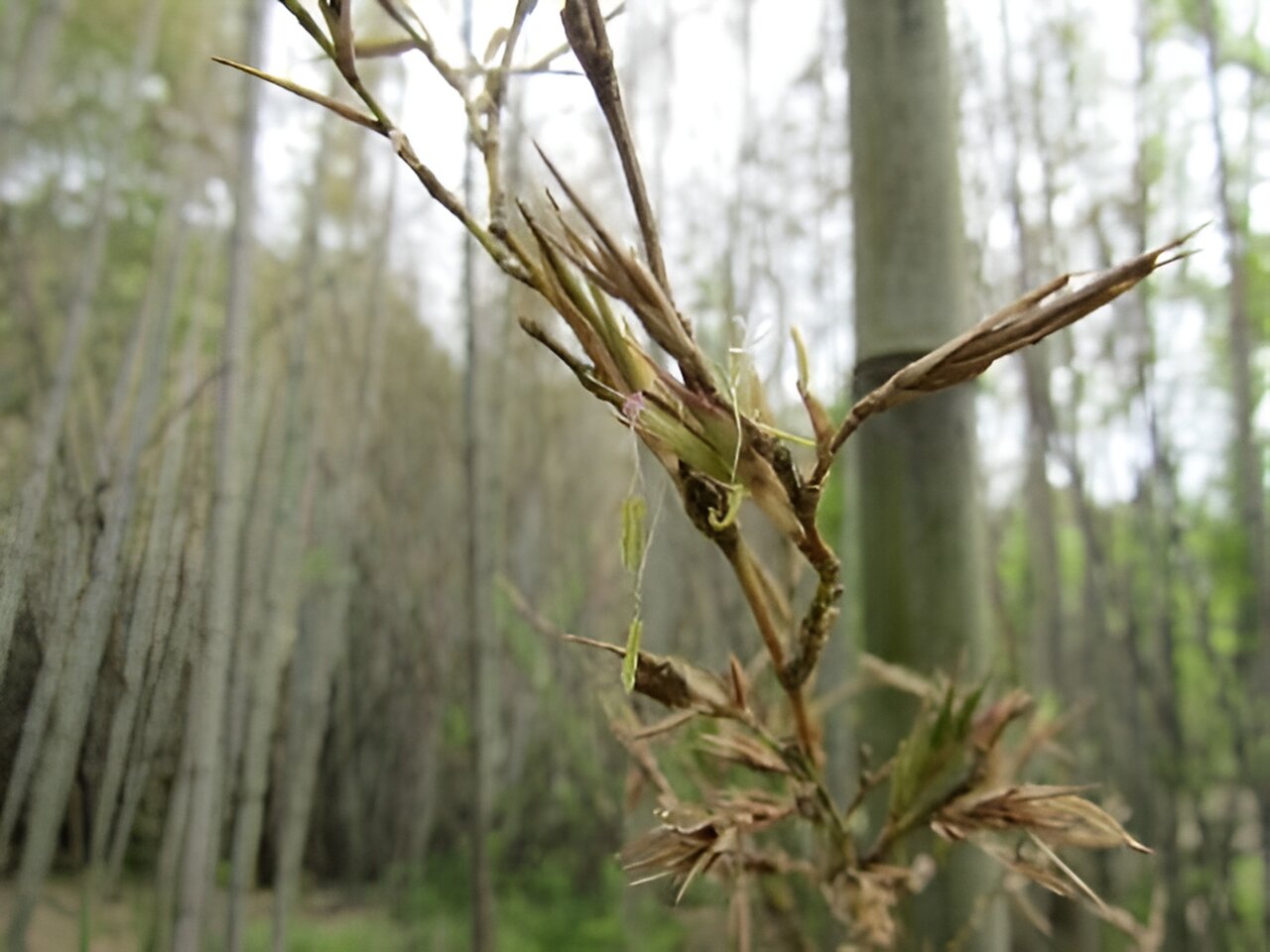Flowering for some plants is a yearly occurrence; for others, it is a once-in-a-lifetime event. A widespread species of bamboo in Japan, Phyllostachys nigra var. henonis, takes this one-time flowering event and pushes it to the extreme: they flower once every 120 years before dying to make way for the next generation.
Researchers have realized there might be another issue at hand with this monocarpic species, which is the lack of germination of the seeds from a majority of the flowering specimens. Implications of a once dense field of bamboo, something that serves both as a food source and a source of material for crafts, turning to grassland for several years until the regeneration of bamboo begins somehow, can impact the ecology of the area in addition to the country’s economy.
Upon observation of some early flowering specimens, researchers decided to take advantage of this event to take a deeper look at the regeneration ecology since there is no recorded data since the last flowering of this species took place around 1908. It was found that more than 80% of the sampled culms flowered but all the flowering culms did not produce seeds, indicating this variation of P. nigra does not reliably undergo sexual regeneration via the germination of seeds.
“The bamboo did not produce any viable seeds that can germinate. Bamboo shoot production was stopped after flowering. There was no sign of regeneration of this bamboo after flowering for the initial three years,” said Toshihiro Yamada, lead researcher and first author of the study now published in PLOS ONE.
About 0.17 million hectares of Japan are occupied by three species of bamboo, one of them being P. nigra var. henonis. Given that this variety of bamboo isn’t producing viable seeds, it’s likely once this flowering event occurs, there will be wide open areas of grasslands, changing the ecology of the area in addition to reducing the availability of bamboo as a resource.
2023-09-03 19:24:03
Source from phys.org
